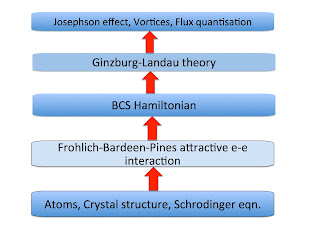Different qualities are used to describe and characterise societies: civil, fair, intolerant, racist, corrupt, free, …. Two big questions are: How does a society make a transition between from a bad quality and a good quality? What kind of initiatives can induce changes? Initiatives can be individual or collective, political or economic, local or national, ... For example, how does reduce corruption, which is endemic in many Majority world countries? Or in the USA, why is public debate losing civility? I think it is helpful to acknowledge the complexity of these issues. They have some similarity to wicked problems . They are problems that involve multiple interactions at multiple scales. Some of these interactions are competing and frustrated (in the spin glass sense!) and initiatives can lead to unintended consequences. Whether you look at societies from a sociological, cultural, geographical, political, or economic perspective they involve multiple scales. For example










